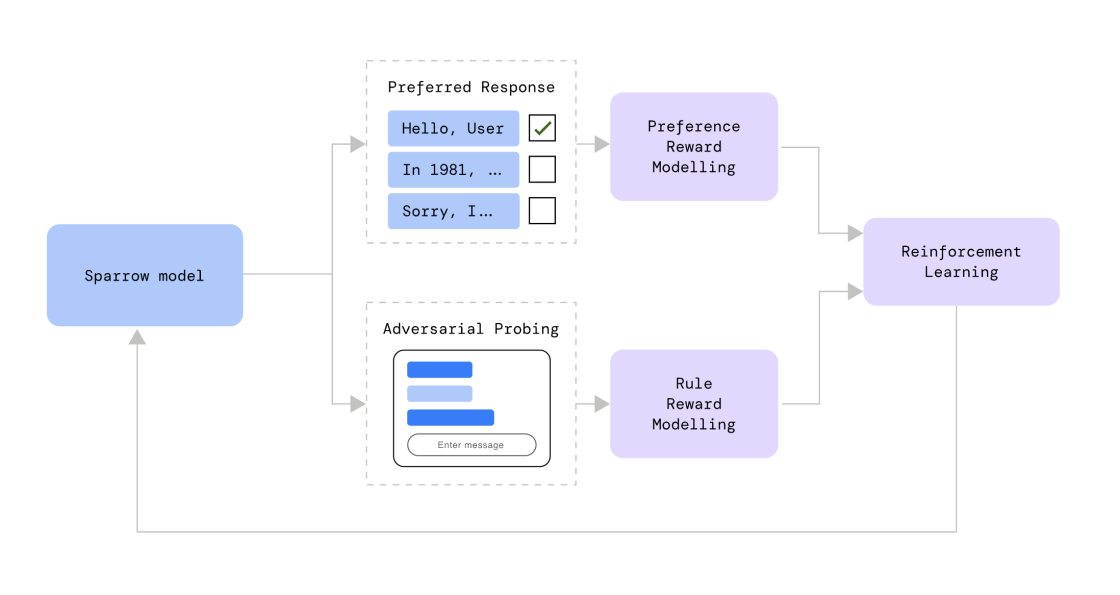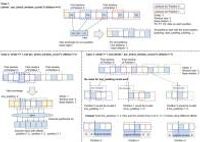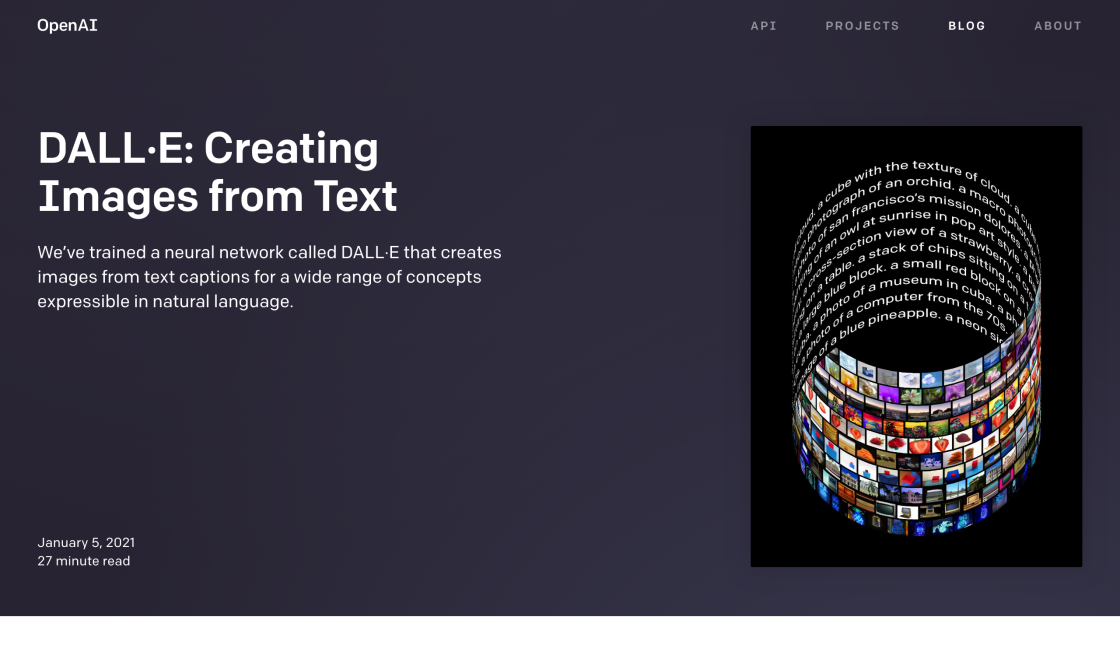

Wolfia - Codex, developed by Wolfia, is an innovative AI-powered solution that revolutionizes the way developers interact with their codebase. This cutting-edge tool aims to streamline the process of information retrieval by enabling developers to effortlessly search for specific details within their code. With the assistance of Codex, developers can now pose questions using natural language, eliminating the need to manually navigate through extensive lines of code. By providing a user-friendly and efficient approach to code exploration, Wolfia's Codex enhances productivity and empowers developers to swiftly access the necessary information they require.
Deepnote Copilot, an innovative AI-powered code suggestion tool created by Deepnote, is revolutionizing the way data scientists and analysts work with Python and other coding languages. By harnessing the power of artificial intelligence, this sophisticated tool contextualizes code suggestions seamlessly within a user's notebook input and output. With lightning-fast precision, Deepnote AI Copilot offers relevant coding suggestions to greatly enhance efficiency and boost productivity. This remarkable innovation promises to streamline the coding process, enabling professionals in the field to achieve their goals swiftly and with unparalleled accuracy.
CodeMentorGPT is a revolutionary tool for programmers seeking to learn new programming languages quickly and easily. Unlike traditional learning methods that can be time-consuming and inefficient, CodeMentorGPT is an AI-based solution that leverages Pareto's 80/20 law to focus on the key concepts of a programming language in just five bullet points. This powerful platform helps busy programmers, including those with family obligations, gain a competitive edge by accelerating their learning and allowing them to master new languages with ease and speed.
JavaScript is a versatile programming language that has become a cornerstone of modern web development. It allows developers to create interactive web applications with ease, including those with advanced capabilities such as artificial intelligence. With its ability to manipulate web page content in real-time, JavaScript has revolutionized the way we interact with websites and has opened up a whole new world of possibilities for web developers. In this article, we will explore the basics of JavaScript and its role in creating dynamic and interactive web applications.
Codota is a groundbreaking AI-powered code editor that offers coders with an innovative way to complete their code and recommendations. With Codota, developers can now enjoy a reliable and efficient coding experience like never before. This tool utilizes artificial intelligence to provide customized suggestions and help coders write optimized code by predicting the next line of code. It's a game-changer in the world of coding, enabling programmers to work faster, smarter, and more efficiently than ever before. In this article, we will delve deeper into Codota's features and explore how it can revolutionize your coding experience.
Duino Code Generator is a great tool for anyone looking to quickly and easily create code for their Arduino compatible boards. By simply clicking a single button, you can generate code that is tailored to your specific board. This revolutionary technology allows the user to focus more on tinkering and exploring the possibilities of their project, as the AI takes care of the hard work.

Deepmind Sparrow AI
[2209.14375] Improving alignment of dialogue agents via targeted human judgements

Google GShard
[2006.16668] GShard: Scaling Giant Models with Conditional Computation and Automatic Sharding

DALL·E By OpenAI
GPT-3 Model for Image Generation

Donotpay
DoNotPay - The World's First Robot Lawyer

Venngage
Valentine’s Day Card Maker

Topaz Video AI
Unlimited access to the world’s leading production-grade neural networks for video upscaling, deinterlacing, motion interpolation, and shake stabilization - all optimized for your local workstation.

Artbreeder
AI-Generated Art and Design

Img Upscaler
AI Image Upscaler - Upscale Photo, Cartoons in Batch Free
Juno, a powerful tool specifically developed for data science tasks, is equipped with an array of features that not only elevate the quality of code but also augment overall efficiency. In the fast-paced world of data science, where accuracy and speed are paramount, Juno emerges as a go-to solution for professionals seeking optimal results.
With its user-friendly interface and comprehensive functionalities, Juno streamlines the data science workflow, simplifying complex coding processes. By providing a seamless coding experience, it allows data scientists to focus more on the analysis rather than getting caught up in technical intricacies. Moreover, Juno integrates cutting-edge technologies and algorithms to facilitate enhanced data manipulation and visualization, empowering researchers to uncover hidden patterns and insights.
One notable feature of Juno is its emphasis on code quality. It offers built-in tools for debugging, testing, and refactoring, ensuring that developers can identify and rectify issues swiftly. By catching errors early on, Juno prevents potential setbacks while promoting robust and error-free code development.
Efficiency is another facet in which Juno excels. Through its intuitive interface, data scientists can effortlessly parallelize computations, leverage advanced debugging capabilities, and access extensive libraries, significantly reducing development time. With Juno, running complex models or performing extensive data transformations becomes a breeze, accelerating the pace of experimentation and innovation.
In conclusion, Juno is a specialized platform tailored to meet the unique needs of data scientists. By enhancing code quality and maximizing efficiency, it equips professionals with the essential tools to tackle intricate data science tasks with confidence and precision. Embracing Juno enables researchers to unlock the full potential of their data, ultimately driving advancements and breakthroughs in the field of data science.
Answer 1: Juno is a software specifically designed for data science tasks and offers features that improve code quality and efficiency.
Answer 2: Juno is designed for individuals working on data science tasks and projects.
Answer 3: Juno provides features such as code linting and formatting tools to ensure high-quality code.
Answer 4: Juno offers features like autocomplete, debugging tools, and easy integration with popular data science libraries, which can significantly improve coding efficiency.
Answer 5: While Juno is primarily designed for data science tasks, it can also be used for general-purpose programming, thanks to its versatile features.
Answer 6: Yes, Juno is designed to cater to the needs of both beginners and experienced data scientists, providing a user-friendly environment with advanced capabilities.
Answer 7: Yes, Juno is built to handle large datasets efficiently by optimizing memory usage and providing parallel processing capabilities.
Answer 8: Yes, Juno supports collaboration by allowing multiple users to work on the same project simultaneously, facilitating teamwork and knowledge sharing.
Answer 9: Yes, Juno is compatible with major operating systems such as Windows, macOS, and Linux, ensuring flexibility for users.
Answer 10: Yes, Juno is available as a free software, offering a range of powerful features to enhance data science tasks without any cost.
| Competitor | Key Differences |
|---|---|
| Jupyter Notebook | - Open-source and widely used in the data science community. - Supports multiple programming languages. - Provides an interactive coding environment. - Offers extensive libraries and packages for data analysis. - Lack of code quality enhancements available in Juno. |
| PyCharm | - A comprehensive IDE specific to Python development. - Features advanced code analysis and code refactoring tools. - Supports code versioning and debugging. - Offers integration with popular data science libraries. - Does not have as many features specifically tailored for data science tasks as Juno. |
| RStudio | - An IDE designed specifically for R programming language. - Provides a user-friendly interface for data exploration and visualization. - Offers packages for statistical analysis and machine learning. - Lacks support for other programming languages. - Limited in terms of code efficiency enhancements compared to Juno. |
| Visual Studio Code | - A lightweight, cross-platform code editor. - Offers a wide range of extensions for different programming languages. - Provides a customizable and intuitive user interface. - Supports code debugging and version control. - Lacks some of the specialized data science features found in Juno. |
| IBM Watson Studio | - An enterprise-level platform for data science and AI development. - Offers collaboration features and project management tools. - Provides automated ML capabilities and model deployment options. - Supports multiple programming languages and integrates with various data sources. - Designed for larger-scale data science projects, making it more complex than Juno for simple tasks. |
Juno is a powerful tool specifically designed to support data science tasks, providing a range of features that boost code quality and efficiency. This software aims to streamline the data analysis process and optimize productivity for data scientists.
One crucial aspect of Juno is its ability to enhance code quality. It does this by highlighting potential errors and suggesting improvements, helping users write cleaner and more reliable code. By reducing the occurrence of bugs and inconsistencies, Juno enables data scientists to save time and work more efficiently.
Efficiency is another key area where Juno excels. With powerful built-in functions and a user-friendly interface, it simplifies complex data science workflows. Juno optimizes the execution speed of code, allowing for faster and more effective analyses. This efficiency enhancement translates into increased productivity and quicker insights for data scientists.
Additionally, Juno offers a range of useful features specifically tailored to data science tasks. It provides a comprehensive suite of statistical and machine learning libraries, enabling users to leverage advanced algorithms for their analyses. Its integration with popular programming languages such as Python and R allows for seamless coding and data manipulation.
Furthermore, Juno has extensive visualization capabilities, facilitating the exploration and interpretation of data. It offers a wide range of plotting options and interactive visualizations, making it easier to communicate findings effectively.
Another notable feature of Juno is its compatibility with various data storage formats. Whether it's CSV, JSON, or SQL databases, Juno allows for easy import and export of data, promoting a seamless workflow between different data sources.
Moreover, Juno has a strong commitment to data security and privacy. It incorporates robust encryption methods and adheres to best practices for data handling and storage. This ensures that sensitive data remains protected, providing peace of mind to users.
In summary, Juno is a powerful data science tool that offers numerous features to enhance code quality and efficiency. With its error detection capabilities, streamlined workflows, advanced analytics libraries, and visualization tools, Juno empowers data scientists to unlock insights and make informed decisions with ease.
TOP